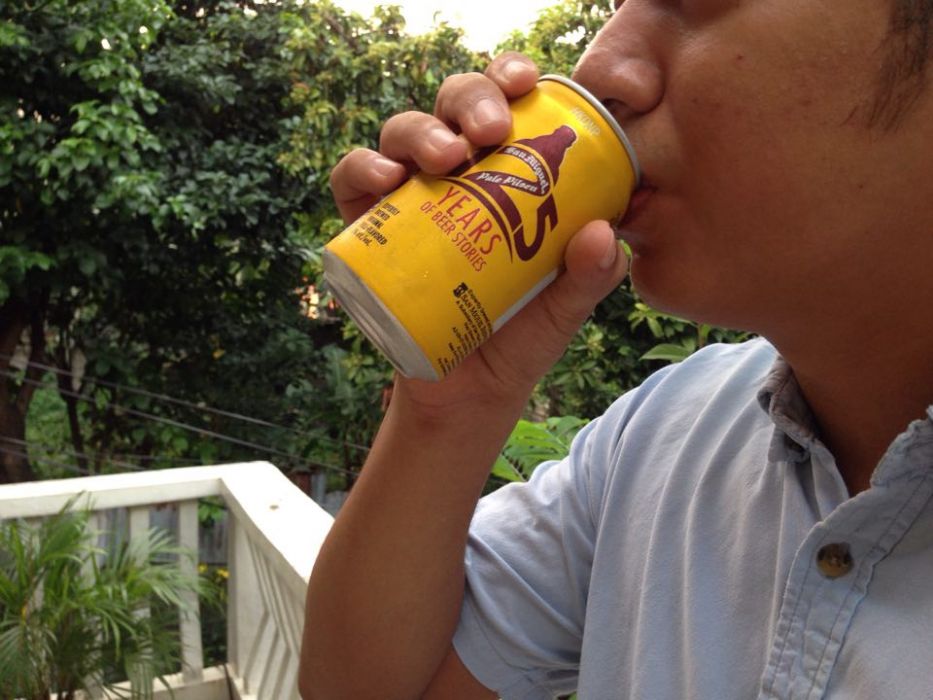Yes, there is an art to it.
In fact, tagayan, a popular Filipino drinking practice where all participants down an alcoholic beverage from a common glass in a round-robin sequence, is a social art form mastered for generations and continously upheld with much pride by the locals of Tayabas City in Quezon Province.
Coincidentally, these same folks introduced us to the lambanog, a coconut-based moonshine popular across the Philippines.
Far from the mostly rowdy sessions that tagayan has become of late, Tayabas’ version is held in a rather proper manner with quick exchanges that connote respect for both their premium moonshine and the people that have gathered around for the occassion.
Every session starts with the host asking the guests “Nagsapin ka na ba?” or “Have you eaten?” to make sure everyone has properly lined their stomach with food before going into a drinking spree and getting drunk all too soon. Thus, pulutan or finger foods are always present in these sessions so guests can properly temper their alcohol consumption.
The tanggero holds the fort in the tagayan, and the more experienced ones are highly revered in these drinking sessions. He must be able to correctly measure the amount of his pours and the number of turns by simply looking at the amount of alcohol in every vessel. He must also be able to hold his drink well, since he is required to take two shots after every round while making sure everyone gets their turn and no drop of alcohol is wasted.
The tanggero says “Naay po,” or “Here it is,” as he holds the glass to its recepient, at which point the rest of the group tells the person who is about to drink “Pakinabangan po,” or “Make proper use of it.” A reminder that he must drink only to have fun and not to cause any trouble.
Even non-drinkers of alcoholic beverages are welcome to join the sessions to partake in the fun and friendly conversations, and are allowed to refuse the shot by simply saying “Titimtiman ko na laang,” in which case they would have to simply touch the lid of the glass with their lips. To help them save face, someone in the group would then say, “Sasakupin na lamang kita,” and take the drink for them.
This then becomes an open opportunity for flirtation when the non-drinker happens to be a lady, and single. One of the men could take her drink, find the spot where she touched the glass with her lips, and say “Napakatam-is naman ng tagay ninyo” or “You’re drink is very sweet”.
While the routine can be a bit methodical, the exchanges—and the increasing alcohol consumption—make the Tayabas way of tagayan both engaging and entertaining. At some point, singing and dancing ensues as elders belt out old songs written as odes to the lambanog.
In Tayabas, harvesting of coconut saps to make lambanog is literally a balancing act on a maze of bamboo poles suspended as high as the coconut trees. It’s a high-risk occupation performed twice a day by skilled locals.
In the production level, homegrown distilleries continuously try to incorporate innovative ways to improve their product. Some constantly introduce new flavors, while others try to elevate it from being just a “poor man’s drink” to “priced premium quality liquor” by coming out with double- to quadruple-distilled varieties that could now demand twice to five times the price of a regular lambanog.
There is art to it.
And carrying on with the tradition of a proper tagayan justly gives Tayabas’ local lambanog the right honor it deserves.





Reader Interactions